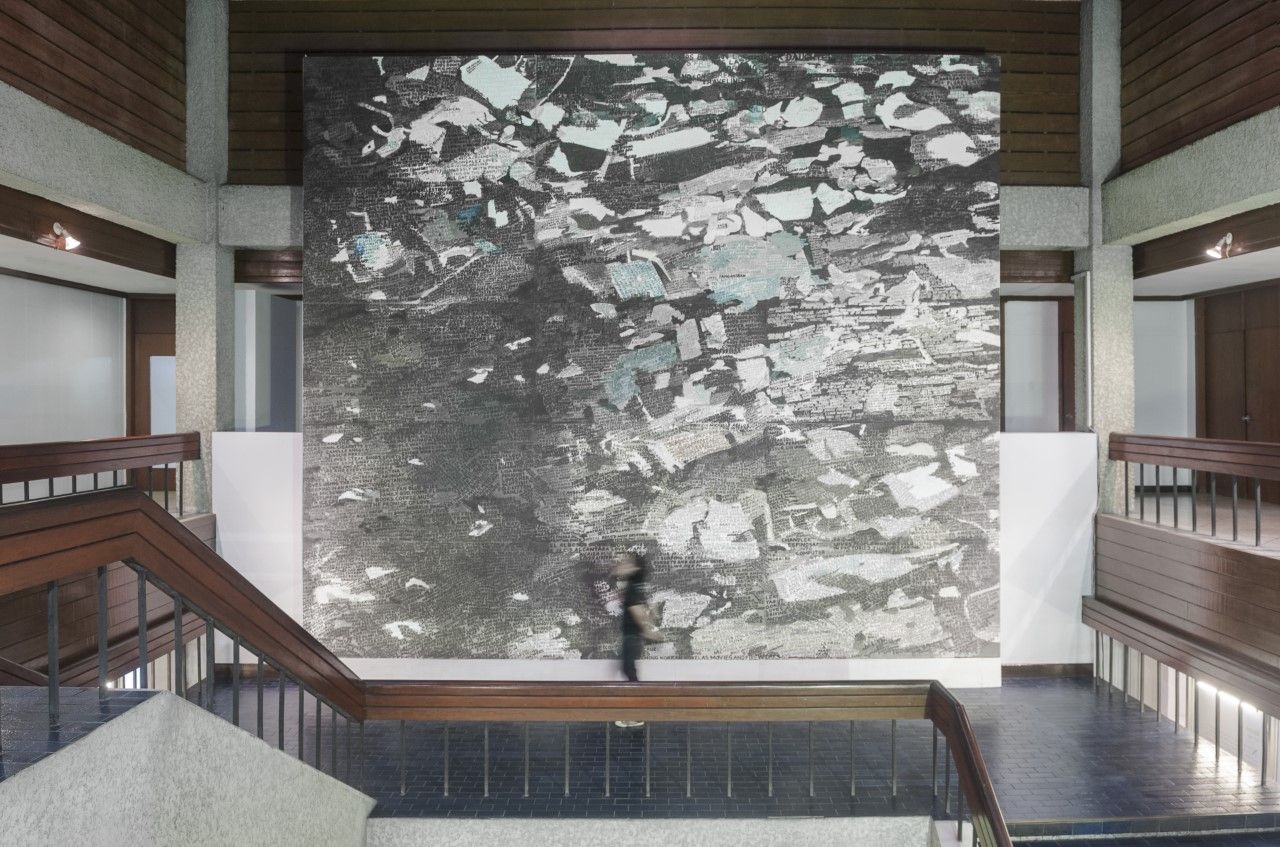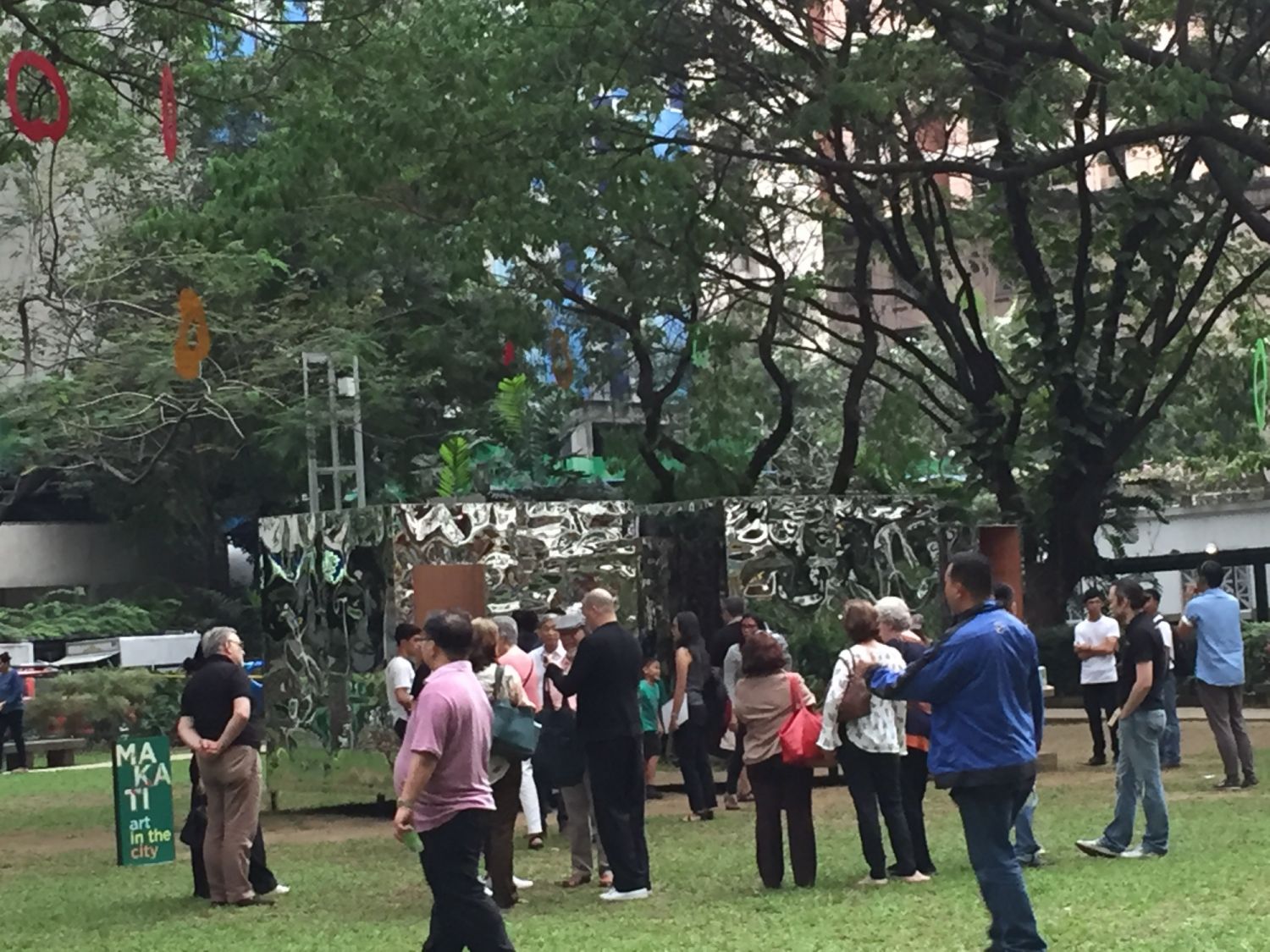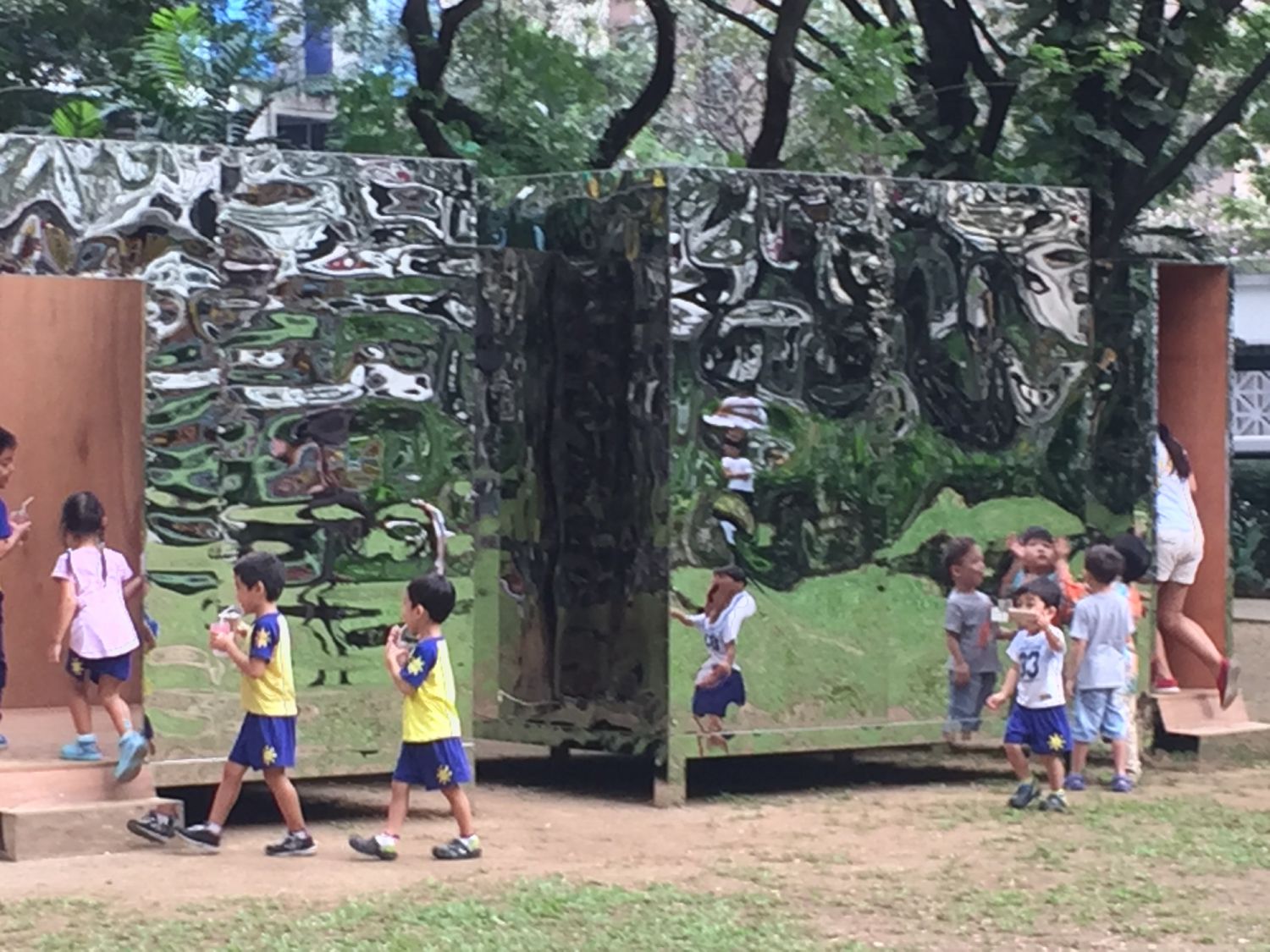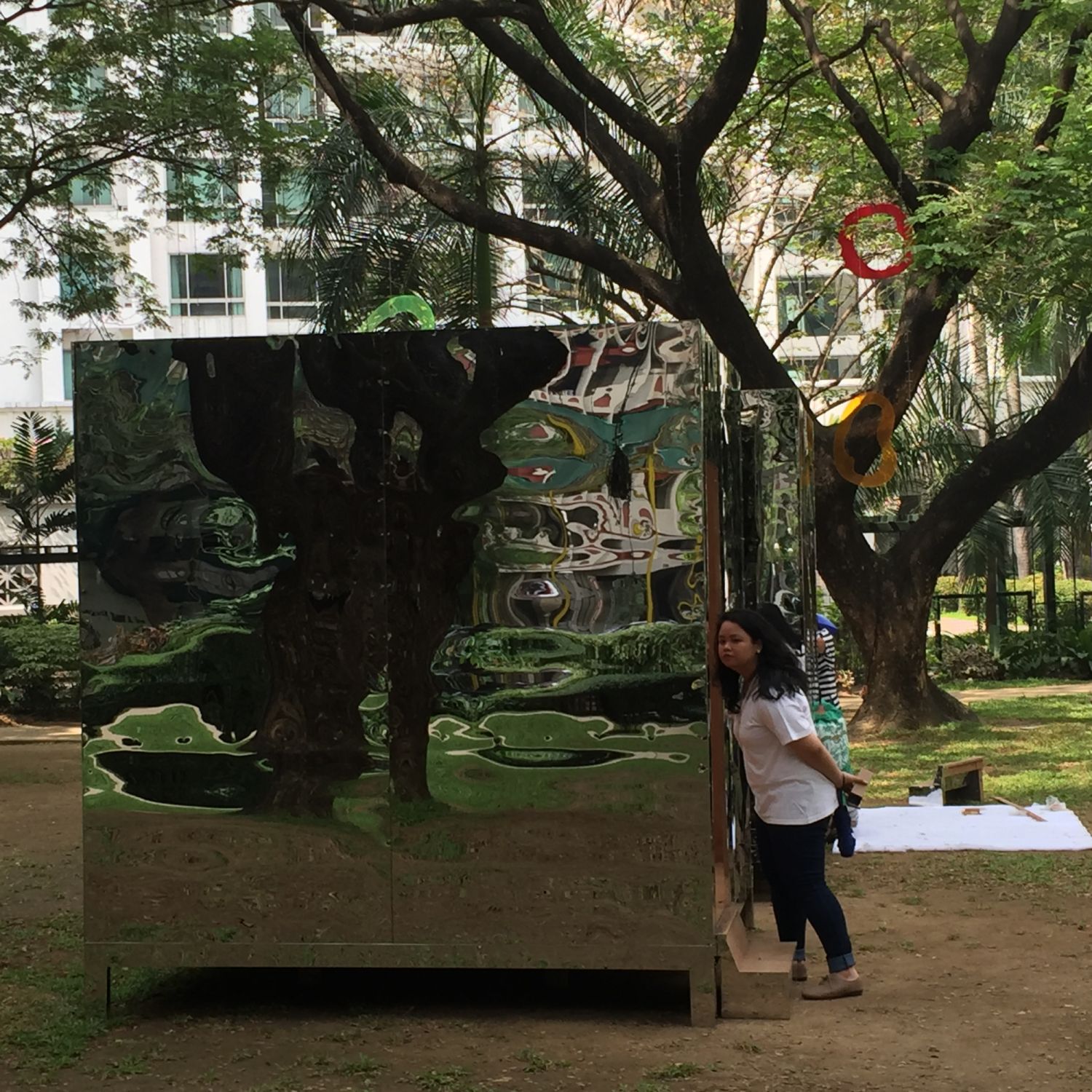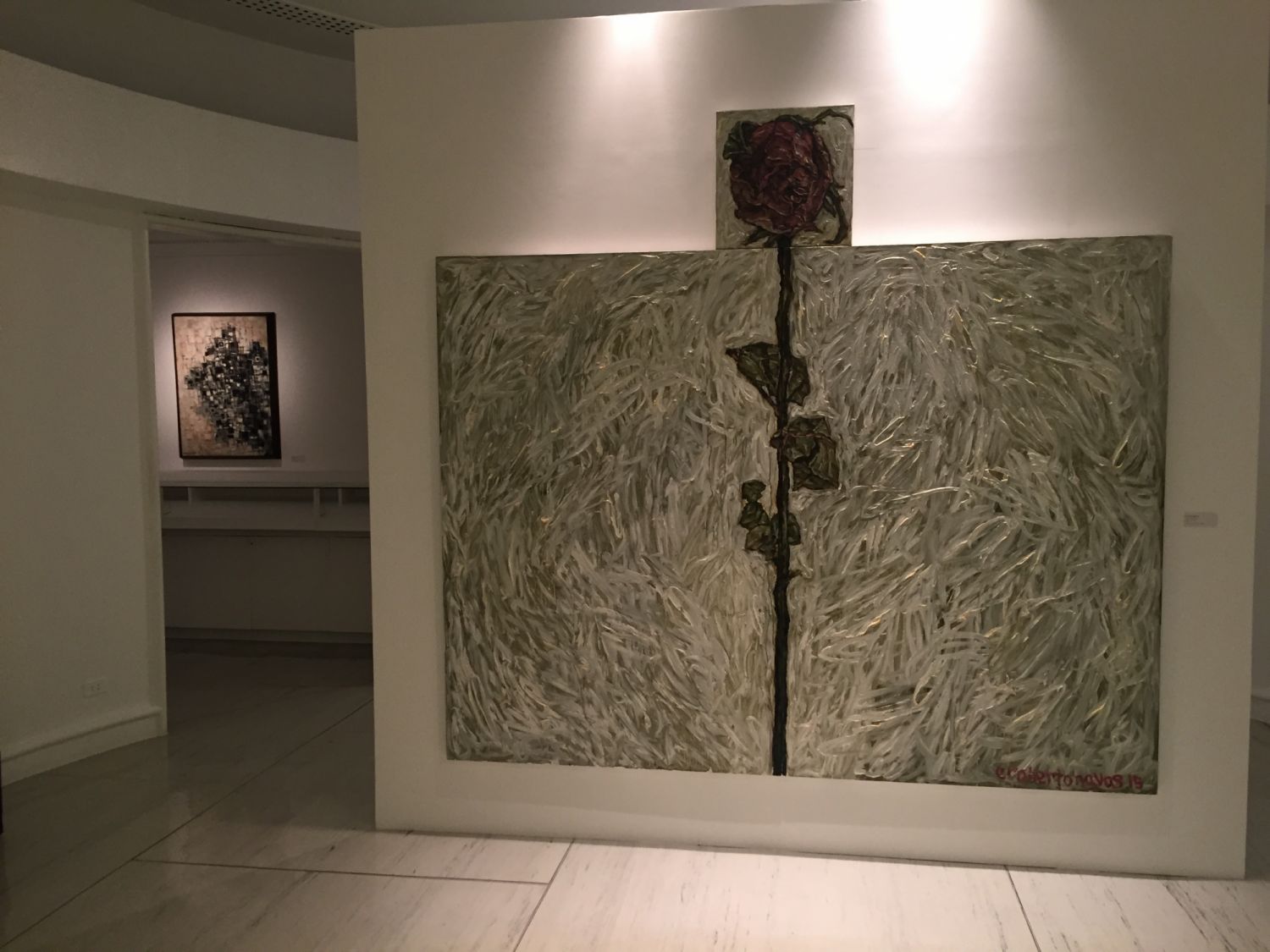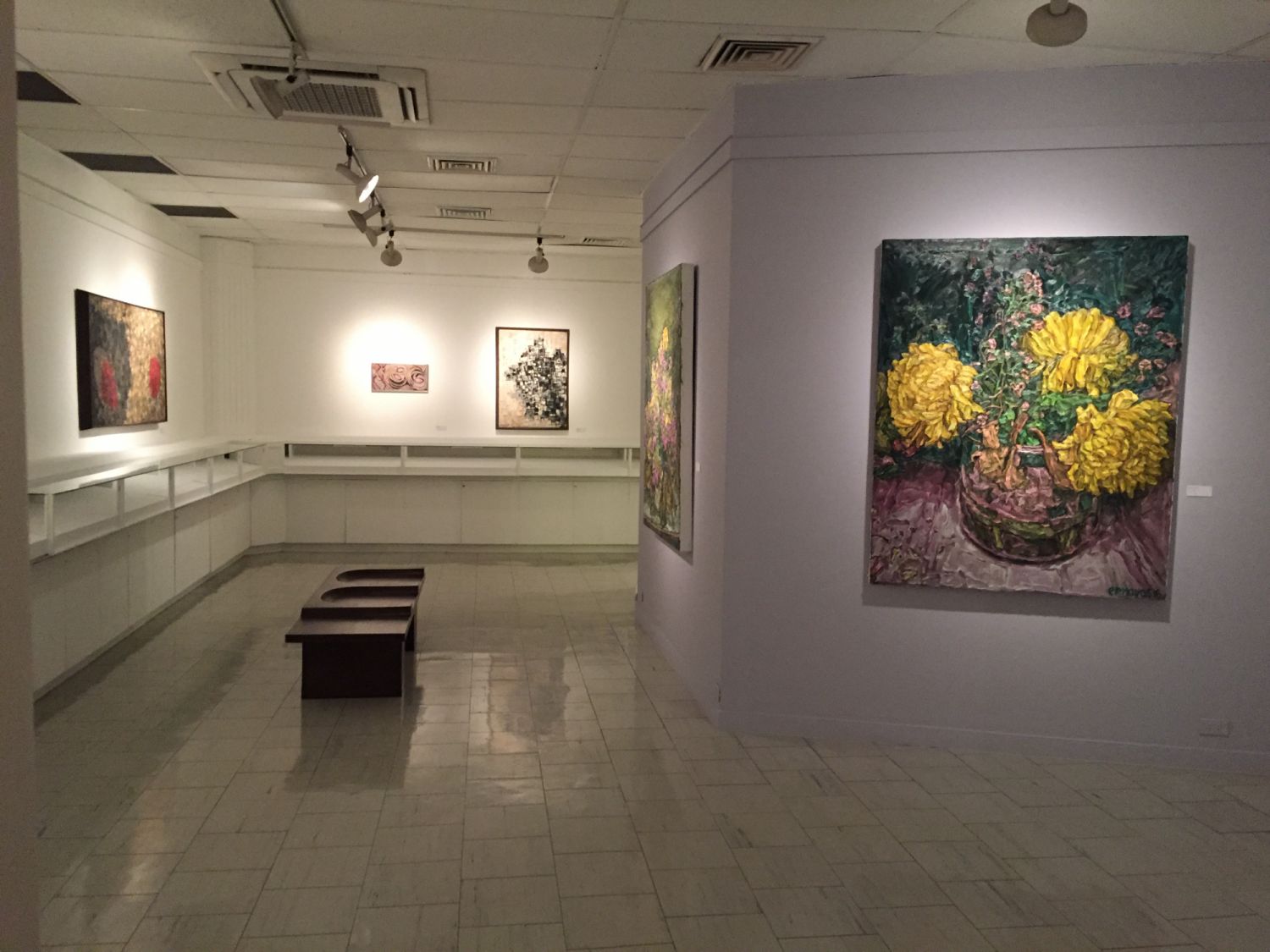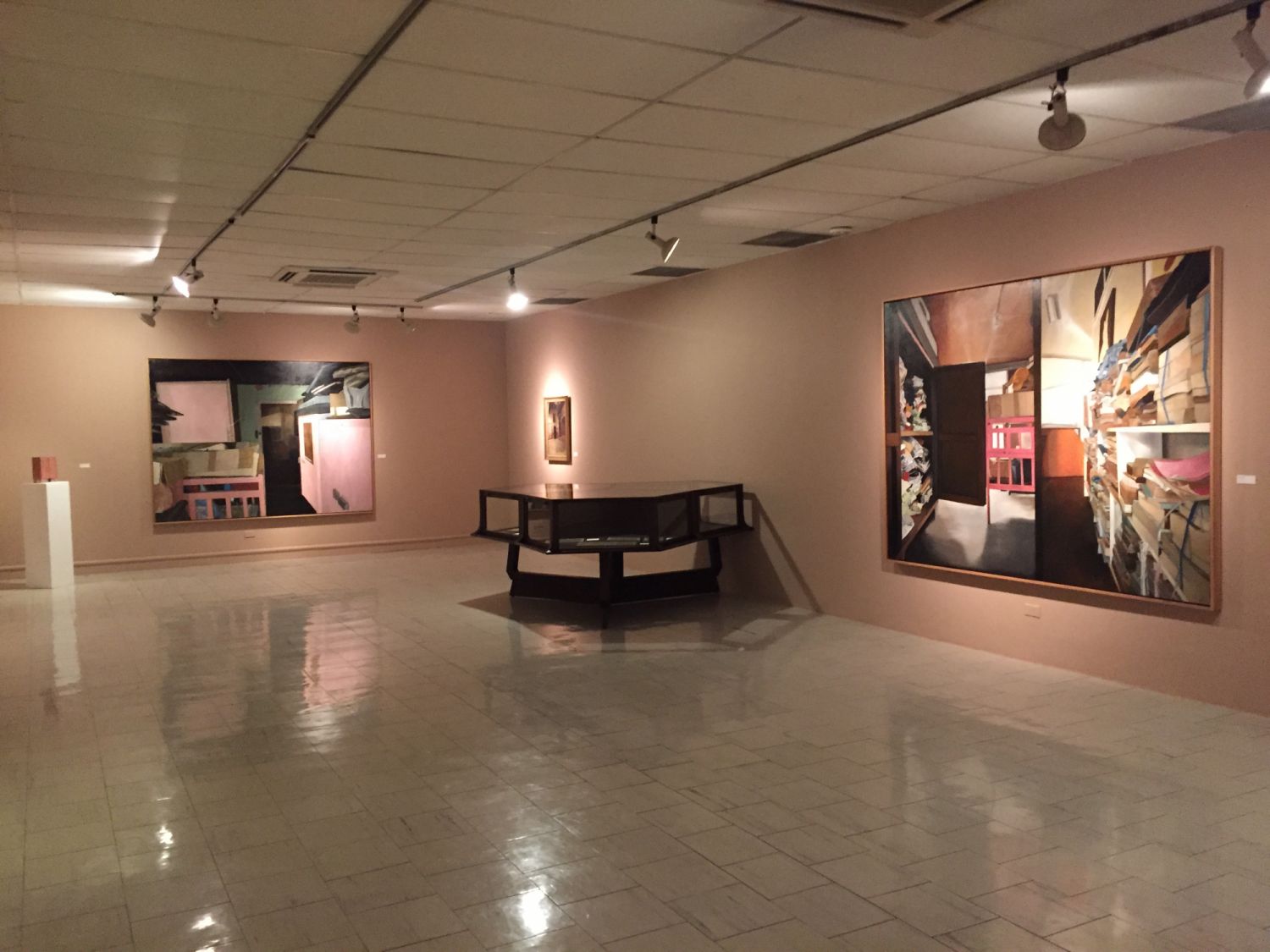For the first part in this article series about some of the country's most sought-after curators, gallery owners, and museum directors in the visual arts scene, we sit down with Fundacion Sansó's esteemed leader Ricky Francisco
"I really never planned to be part of the museum scene," says Fundacion Sansó's museum director and curator, as he recalls the early years of his career. But it seems that although he didn't plan to be where he is now, art had a way of reaching him.
At the time of our conversation, Ricky Francisco is curating the second edition of the Prized and Personal exhibition at Fundacion Sansó; he is also partnering with Unit 256 Art Studio to mint Juvenal Sansó's masterpieces to NFT and finalising the details of the upcoming Modern and Contemporary Art Festival (MoCAF) happening toward the end of July.
Not long ago, Francisco published books about Sansó's art, the contemporary art scene during the COVID-19 pandemic, and contributed to Rizzoli New York's monograph on Tatler Asia's Most Influential 2021 Honouree Andres Barrioquinto. Aside from curating and writing, he also started exploring his own art by participating in the inaugural exhibition of Raul and Joanna Preysler Francisco's latest art hub, 8 Rooms Creative Space, and mounting an exhibition at 1335/Mabini.
Read also: The Turning Point of Andres Barrioquinto's Magnificent Art
Francisco, who hails from Baguio, has always been in awe of the city's flourishing art scene. However, he tested his luck near Greenbelt in Makati, where he hoped to land a management trainee position in the retail industry. Not getting hired after tedious interviews, Francisco was about to go back north—until he found an opening for a curatorial assistant for a project at Ayala Museum. The project: inventory the storage of the museum, which has been abandoned for a decade. As fate would have it, he got the job and had Geraldine "Dindin" B Araneta, a respected figure in today's local art scene, as his first boss.
Read also: Linangan Art Residency: Sharpening Talents and Shaping a Community

"I worked mostly in storage—recording the objects, taking care of them, making sure that they are clean for an exhibition—and I got to work with a lot of curators and collectors because of this position," he recalls.
Some of the heavyweights in the museum scene that Francisco was honoured to work with include Sandra Castro, Nina Baker, Eileen Legaspi-Ramirez, and Ditas Samson. They were his mentors, in lieu of a bachelor's degree in the fields of art, history, and culture, and with that, he is ever grateful.
"National Artist BenCab and the Baguio Arts Guild were very active when I was growing up. However, being from a lower-middle-class family, my parents were very conservative about it and would dismiss artists as weird, both in their fashion and personality. They would have prejudices against them, so there was some resistance at first," he shares. "But my parents were very supportive of other art forms like music, theatre, and literature, so it wasn't really hard for me to appreciate visual arts."
Read also: A New Era Begins for Ayala Museum and Filipinas Heritage Library



